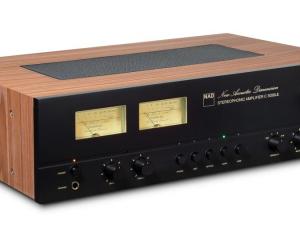
1. Plan, plan, plan
With any design project, the planning aspect can’t be emphasised enough. What are you trying to achieve, what are your must-haves, what is your budget, how will you work around a kitchen that’s out of commission for weeks? There are many things to consider, from where cabinets and appliances will go, to colour schemes, materials, flooring options, and much more. But there are good project planners available online that will help keep you on track
2. Go with the flow
How do you use your kitchen, and how can you maximise the efficiency of the work flow within that space? The classic kitchen triangle rule takes in the sink, oven, and fridge as the three areas that must be connected through some kind of logic. This is something that will need to be considered during the planning phase of your project, because if you get it wrong the end result will be perpetually frustrating.
3. Cabinet fever
Cabinetry will account for one of the bigger costs of the project, so you will want to carefully consider your options. Can the existing cabinets be refreshed and incorporated in some way to save you a little? There are different grades of cabinetry available, and you won’t necessarily need the top end brand name products to get the best result for your needs, so shop around.
4. A place for everything
Of course, when you’re choosing new cabinets you’ll want to make sure that all of your kitchen storage needs are accommodated. You’ll need to consider the items that you need to access every day, and those that you’ll use rarely. Again, have a look at the options as there are plenty of elegant storage solutions on offer, or you can go more rustic with hooks for pots, or magnetic strips to make knives more accessible.
5. Island life
A kitchen island can become the hub of the house, a multi-use space around which the family will congregate. From food preparation, home work or home office, a breakfast bar, or just a place to hangout, it will be a much used addition. An island can also provide answers to your storage problems, incorporating shelving and drawers, or perhaps for bottles of wine.
6. Counter offensive
Perhaps one of the hardest elements to get right, but so vital to the end product, is the choice of finish for counter-tops. Besides the aesthetic appeal, they need to be particularly hard-wearing, which is why materials such as granite are largely favoured by the professionals. As ever, shop around, and pay particular attention to the cost of installation.
7. Appliance yourself
Besides the chef, probably the hardest working aspect of the kitchen are the appliances. This is one area where you won’t want to compromise in terms of quality, as the oven/cooktop, fridge, and dishwasher will be in frequent if not constant use. And besides the basics, to make your kitchen as efficient as possible, there are now many smart home options available; a bit of work in the planning stage could revolutionise your life.
8. You have the power
Planning where power outlets need to be is of paramount importance, and not just for the large appliances. You’ll also need to have outlets for items including toasters, coffee machines, and smaller appliances that are only used occasionally - blenders, food processors, bread makers for example. Think about USB sockets too, so you can view online recipes, or watch YouTube while cooking.
9. Lighten up
Any space can be transformed through the clever use of lighting, and that’s especially true in the kitchen. Again, in the planning stage think about how the kitchen will be used and format the lighting accordingly. Task lighting is the most important as it’ll make food prep far easier, but also think about ambient lighting for those occasions you don’t want your kitchen to look like an industrial facility.
10. Foot to the floor
Like everything else, there are multiple options available when it comes to kitchen flooring. Something hardwearing and easy to clean is ideal. Stone or tile can be great, but are at the more expensive end of the spectrum. Pre-finished wood, or even wood look laminates, will give a sophisticated and durable result. Ultimately it depends on your budget, and what works with your overall design.












